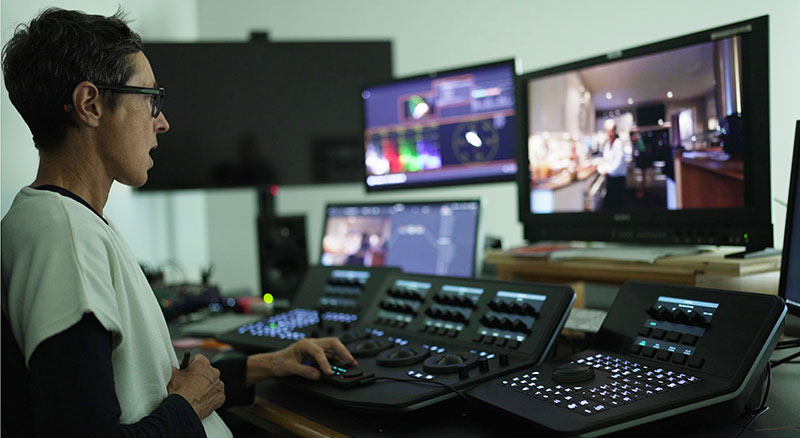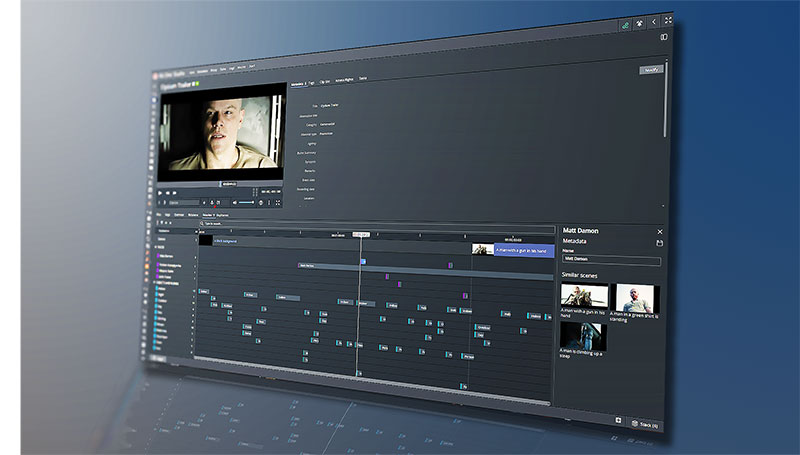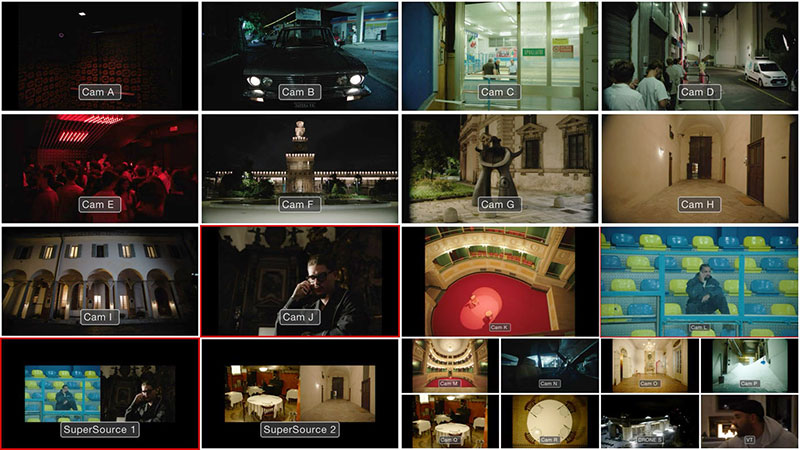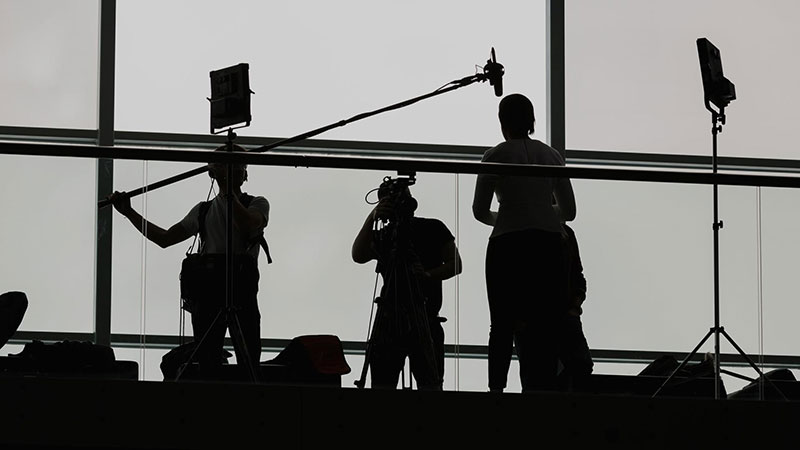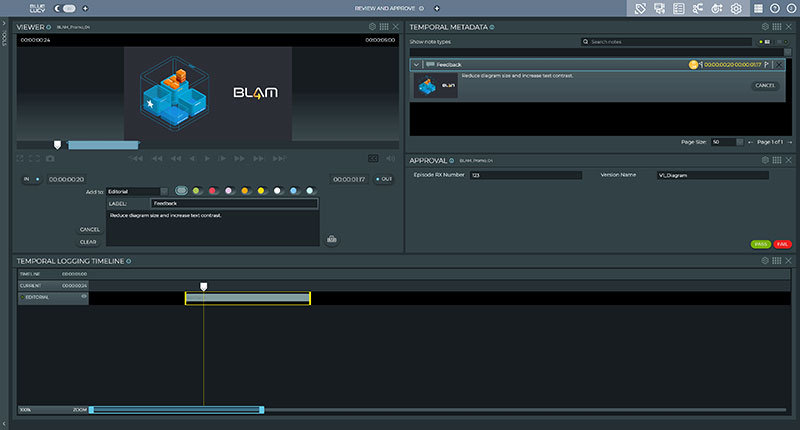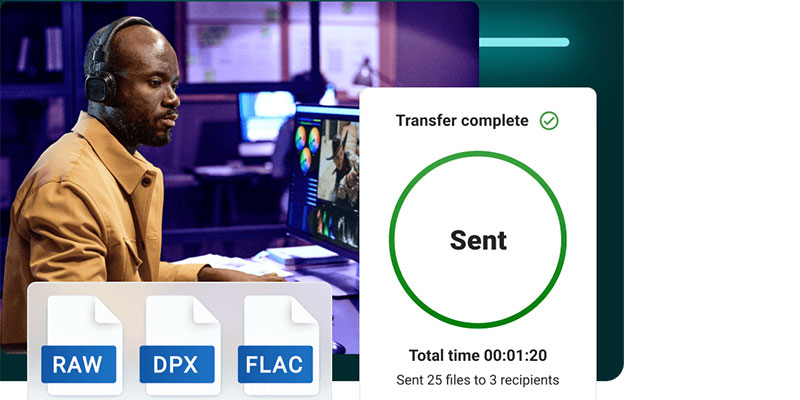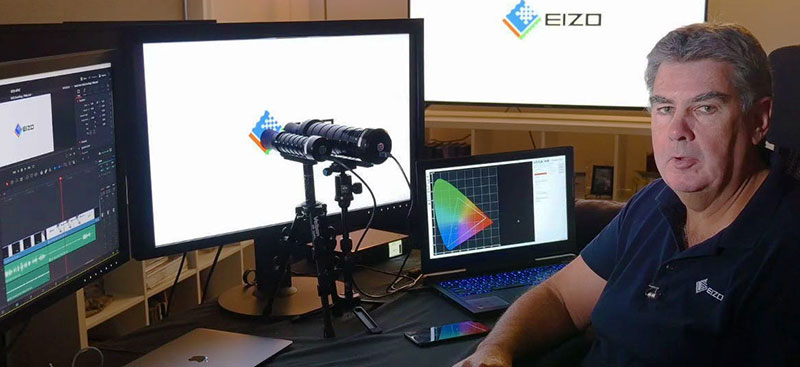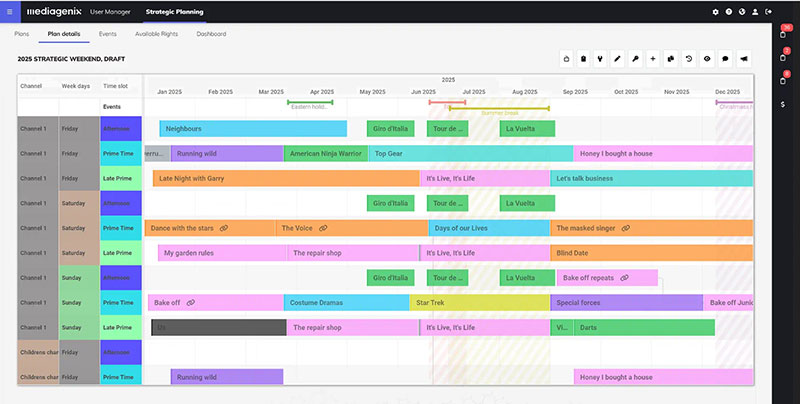CEO Steve Reynolds at Imagine Communications shares predictions about linear and streaming TV ad tech for 2025, and weighs up cloud vs on-prem vs hybrid operations for video delivery.
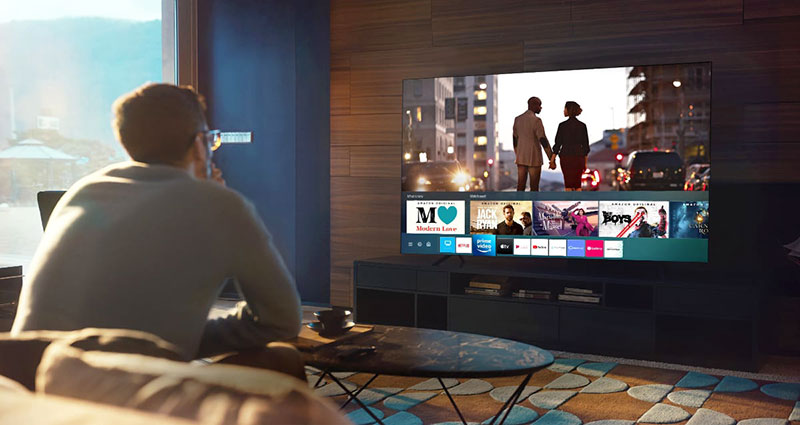
According to Steve Reynolds, CEO of Imagine Communications, everyone becomes a prognosticator this time of year – including himself. Looking ahead to 2025, he identifies a few trends that he believes will significantly impact the way the media and entertainment industry creates, delivers and monetizes content. A couple of them might surprise you.
Re-linearization
“As the industry continues to sound the death knell for traditional TV, I’ll make a bold prediction for 2025 – linear will experience a resurgence – of sorts,” said Steve.
Though not suggesting that the pendulum swing toward streaming viewership will suddenly reverse course, Steve noted that over the past year, an unexpected trend surfaced as media companies – even digital natives – rediscovered linear as a way to drive ROI and TCO.
“One high-profile US example was Amazon’s live streaming of NFL ‘Thursday Night Football’ (TNF), which they paired with linear ad sales,” he said. “While Amazon certainly has the capability to sell the streaming inventory as DAI or addressable impressions, they opted to sell the entire audience to advertisers. Why?

Steve Reynolds, CEO at Imagine Communications
“Simple economics. Amazon gets a higher ad price for displaying ads to the massive TNF audience than is possible by selling this inventory on an impression basis. This strategy demonstrates the enduring value of linear TV in reaching broad audiences and driving monetization.”
Selling Digital Like Linear
With emerging ad tech innovations, it’s possible for big brands to purchase ads that guarantee category exclusivity during a commercial break in the digital environment — something that was previously limited to linear TV. “Enabling digital to be sold like linear, with broadcast-quality rules and brand protection, strengthens media companies’ ability to sell inventory in a direct but automated way, which is the key to maximizing streaming revenue,” Steve said. “The future of advertising lies in integrating the best of each platform, optimizing the user experience while maximizing returns for advertisers.”
In 2025, the market’s focus on the revenue-driving advantages of linear will continue to develop, especially when the goal is to reach large audiences simultaneously. Integrating digital streaming with linear ads means broadcasters can tap into a hybrid model that enables them to engage diverse viewers while maintaining well-established revenue streams. Steve commented, “Successful media companies have realized that ‘linear vs digital’ is the wrong answer. ‘Linear + digital’ is the path to profitability.”

Photo by Jessica Wilson on Unsplash
Navigating Investment Between Cloud and On-premises
For over a decade, Steve has seen cloud solutions heralded as the future of broadcasting. On the surface, the choice between on-premises and cloud seems simple – on-prem systems require significant investments in physical infrastructure and time, while a cloud environment is relatively quick to deploy without the maintenance headaches. But he finds that the choice isn’t necessarily clear-cut.
“With no Olympics or elections driving advertising revenue in 2025, reducing costs will be a top priority across the media industry. One of the ways broadcasters will navigate the challenge is to ‘do the math’ to determine whether it’s more cost-effective to run their operations on-premises or in the cloud’” he said.
“For example, if you’re deploying a disaster recovery solution or operating FAST channels that are never going to touch an antenna, it’s probably cheaper to do it in the cloud. But if you’re running 24/7/365 workflows or have significant investments in studios, IT teams, HVAC systems and backup generators, on-prem solutions may make better economic sense.”
The Middle Road
Steve suggests that a hybrid strategy may turn out to be the optimal approach, with high-value channels and time-consuming resources run on-prem while using the cloud wherever it makes economic sense [see below], including as a testbed for new ideas and to quickly launch new services. He said, “The balance between on-prem and the cloud will change based on percentage of usage, the kind of workflows and solutions needed over time, and the fluctuating cost of the cloud.

“A one-and-done calculation won’t cut it in a rapidly changing industry. So as we head into 2025 and beyond, broadcasters may need to regularly revisit the TCO math to determine whether on-prem, cloud or a hybrid of both will best meet their unique needs and budgets.”
Where Cloud Makes Sense (with an On-ramp to Get There)
While keeping things on-prem makes operational and economic sense for many broadcast workflows, one area where Steve has observed the balance skewed in favour of the cloud is remote production. “Paris 2024 stood out in what was a banner year for sports, which helped accelerate the move toward remote and cloud-based production, thanks to SMPTE ST 2110 and the native IP protocols used for contribution to cloud,” he said.
“One example is the synthesis between 2110 and JPEG XS – basically native IP speaking to native IP via VSF TR-07 and TR-08 technical recommendations – which was proven on the world stage at the Paris Games. We’ve also seen extensive use of H.264 via SRT in cases where the cost vs bandwidth trade-off favors higher compression. These advances not only exceeded expectations, but also established valuable proof points and case studies, which will help drive broader industry adoption.”
Steve anticipates that in 2025, sports broadcasting will continue to be a battleground between established broadcasters and digital newcomers. Rights holders and broadcasters are actively seeking ways to move more live sports content into connected TV and live streaming environments. “After all, it’s the most valuable content in both traditional TV and modern streaming,” he said. “For production environments already utilising ST 2110, the fastest, easiest, most affordable way to make that move is to use JPEG XS as the on-ramp.” imaginecommunications.com






